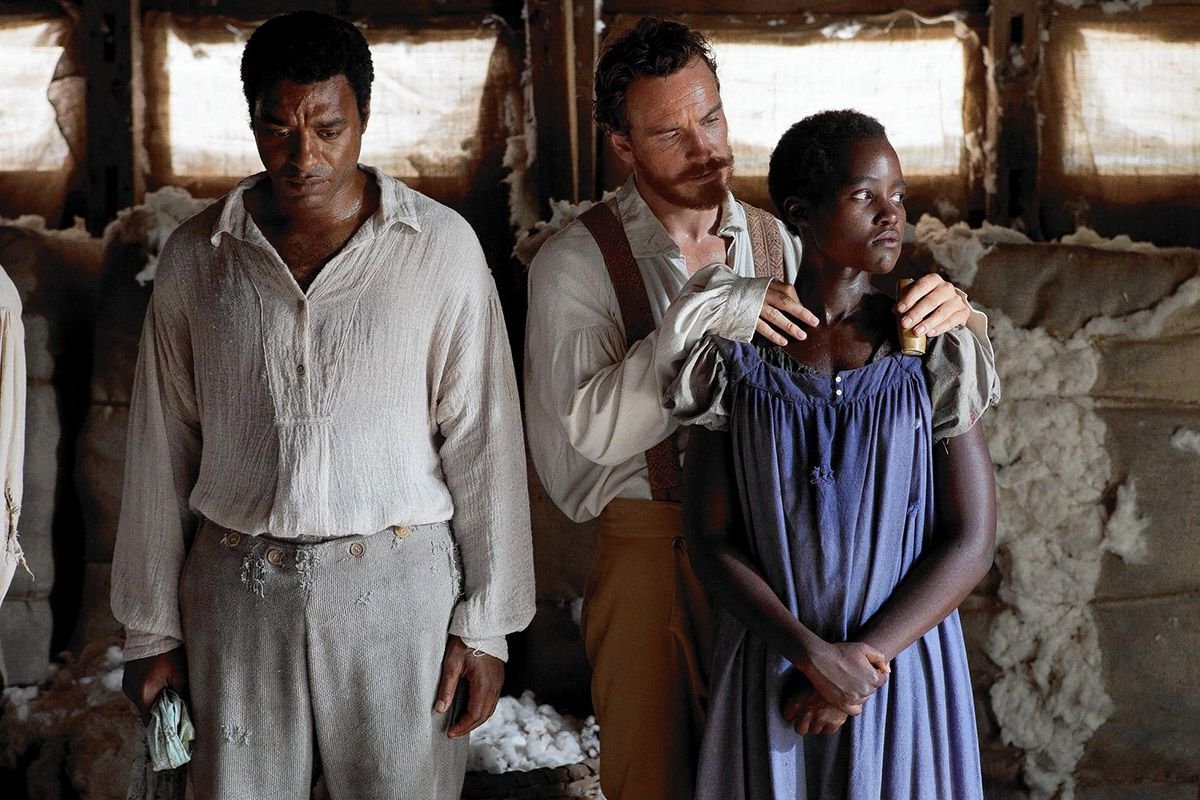
Art films, often known as independent or indie films, stand out for their unique storytelling, depth, and focus on characters and ideas over mainstream appeal. Unlike blockbuster movies, these cinematic gems prioritize artistic expression, often exploring complex themes and showcasing innovative filmmaking techniques. They provide a refreshing alternative to the usual Hollywood fare, offering audiences a chance to experience cinema that challenges, inspires, and provokes thought. From captivating narratives that delve into the human condition to visually stunning masterpieces that push the boundaries of the medium, art films hold a special place in the hearts of cinephiles around the world. Discovering 25 facts about art films not only enriches our appreciation for cinema but also highlights the incredible diversity and creativity within the film industry.
What Defines an Art Film?
Art films stand out for their unique storytelling techniques, focusing on personal expressions rather than mainstream appeal. Unlike commercial movies, these films prioritize artistic value, often exploring complex themes and employing unconventional narrative structures. Directors of art films typically aim to provoke thought and evoke emotions, offering audiences a deeply immersive experience.
- Art films often feature symbolic elements, allowing viewers to interpret the story in multiple ways.
- They usually avoid predictable plots found in more commercial films, opting instead for a more open-ended conclusion.
The Origins of Art Cinema
The roots of art cinema can be traced back to the early 20th century, with European filmmakers leading the way. These pioneers rejected the norms of mainstream cinema, seeking to create works that were both visually and intellectually stimulating.
- The Italian Neorealism movement, emerging after World War II, is considered one of the earliest forms of art cinema.
- French New Wave, another significant movement, revolutionized cinema with its radical approach to storytelling and filmmaking techniques in the 1950s and 60s.
Art Films vs. Commercial Films
While both art films and commercial films entertain, their goals and methods often differ significantly. Art films prioritize artistic expression and intellectual engagement, whereas commercial films aim to entertain a wide audience and maximize profits.
- Art films typically have lower budgets than blockbuster movies, relying more on the strength of their ideas than on special effects.
- They are often screened at film festivals and independent theaters, rather than the large multiplexes that favor mainstream cinema.
Notable Art Film Directors
Throughout history, several directors have made significant contributions to the art film genre, leaving behind a legacy of innovative and thought-provoking cinema.
- Federico Fellini, an Italian director, is renowned for his distinctive style that blends fantasy and baroque images with earthiness.
- Japanese filmmaker Akira Kurosawa is celebrated for his epic storytelling and meticulous attention to detail.
- Ingmar Bergman, from Sweden, explored existential questions and the complexities of the human psyche in his films.
The Impact of Art Films on Society
Art films often tackle social, political, and philosophical issues, pushing audiences to reflect on their own beliefs and the world around them. This genre has the power to influence public opinion and spark discussions on important topics.
- Many art films address issues of identity, morality, and the human condition, encouraging viewers to think critically.
- They can also serve as historical documents, capturing the cultural and social atmospheres of their times.
The Future of Art Cinema
With the advent of digital filmmaking and the rise of streaming platforms, art cinema faces new opportunities and challenges. These changes have made it easier for independent filmmakers to produce and distribute their work, potentially reaching a wider audience.
- Digital technology has lowered the barriers to film production, allowing more artists to create and share their visions.
- Streaming services have introduced art films to viewers who might not have access to independent theaters, broadening the audience for these works.
Art Films and Cultural Exchange
Art cinema plays a crucial role in promoting cultural exchange and understanding. By presenting stories from different parts of the world, these films offer viewers a glimpse into the lives, traditions, and perspectives of people from diverse backgrounds.
- International film festivals often feature art films, facilitating dialogue and appreciation among cultures.
- Subtitled or dubbed versions of art films allow them to reach a global audience, breaking down language barriers.
The Role of Critics and Audiences in Art Cinema
Critics and audiences play a significant role in the success and interpretation of art films. Critics often help to contextualize and analyze these films, while audiences' reactions can vary widely, reflecting the subjective nature of art.
- Critics' reviews can influence the perception and success of art films, highlighting their artistic merits and themes.
- Audience engagement, through discussions and social media, can elevate the profile of art films and contribute to their understanding.
The Educational Value of Art Films
Art films not only entertain but also educate, offering insights into different cultures, historical periods, and philosophical ideas. They can be powerful tools for learning and reflection.
- Schools and universities sometimes use art films in their curricula to stimulate critical thinking and discussion.
- These films often challenge viewers to question their assumptions and broaden their perspectives.
The Emotional Impact of Art Films
One of the most profound effects of art cinema is its ability to connect with viewers on an emotional level. Through their storytelling, visuals, and performances, art films can evoke a wide range of emotions, from joy to sorrow.
- The intimate and personal nature of many art films allows viewers to empathize with characters and situations.
- This emotional connection can lead to a deeper appreciation of the film's artistic and thematic elements.
Art Films and Technological Innovation
While art films are often associated with traditional filmmaking techniques, many directors embrace new technologies to enhance their storytelling. From digital cinematography to computer-generated imagery, technology offers new ways to express artistic visions.
- Innovative use of technology can add depth to the visual and narrative aspects of art films, making them more immersive.
- Virtual reality and interactive media offer exciting new platforms for art cinema, expanding the possibilities for filmmakers and audiences alike.
The Challenge of Preserving Art Films
As with all cultural artifacts, preserving art films for future generations is crucial. This task involves not only maintaining physical copies but also ensuring that these works remain accessible and relevant.
- Film archives and restoration projects play a key role in preserving the legacy of art cinema.
- Digital platforms and media libraries offer new opportunities for archiving and sharing these films, ensuring they continue to inspire and challenge viewers.
A Final Brushstroke on Art Films
Art films, with their unique storytelling and visual language, offer a distinct cinema experience. They challenge viewers, encourage deep thought, and often leave a lasting impression. From exploring complex characters to tackling unconventional narratives, these films push boundaries and redefine genres. Directors like Andrei Tarkovsky and Federico Fellini have left indelible marks on the landscape of art cinema, proving that film can be as profound and impactful as any other art form. As audiences, diving into the world of art films opens up new perspectives, enriching our understanding of cinema's potential to explore the human condition. So, next time you're looking for something beyond mainstream movies, consider an art film. It might just offer the depth, beauty, and complexity you're craving.
Was this page helpful?
Our commitment to delivering trustworthy and engaging content is at the heart of what we do. Each fact on our site is contributed by real users like you, bringing a wealth of diverse insights and information. To ensure the highest standards of accuracy and reliability, our dedicated editors meticulously review each submission. This process guarantees that the facts we share are not only fascinating but also credible. Trust in our commitment to quality and authenticity as you explore and learn with us.


